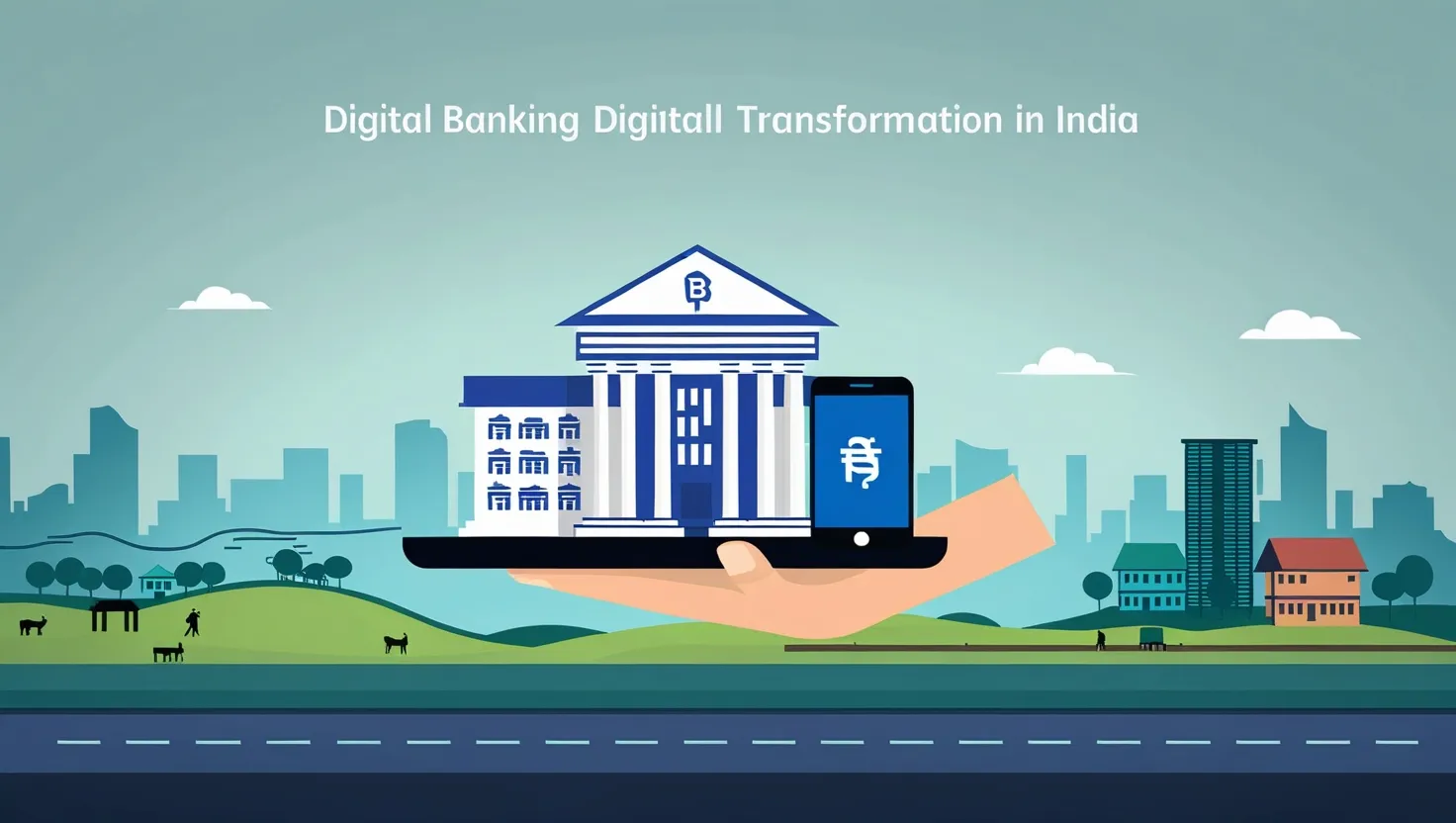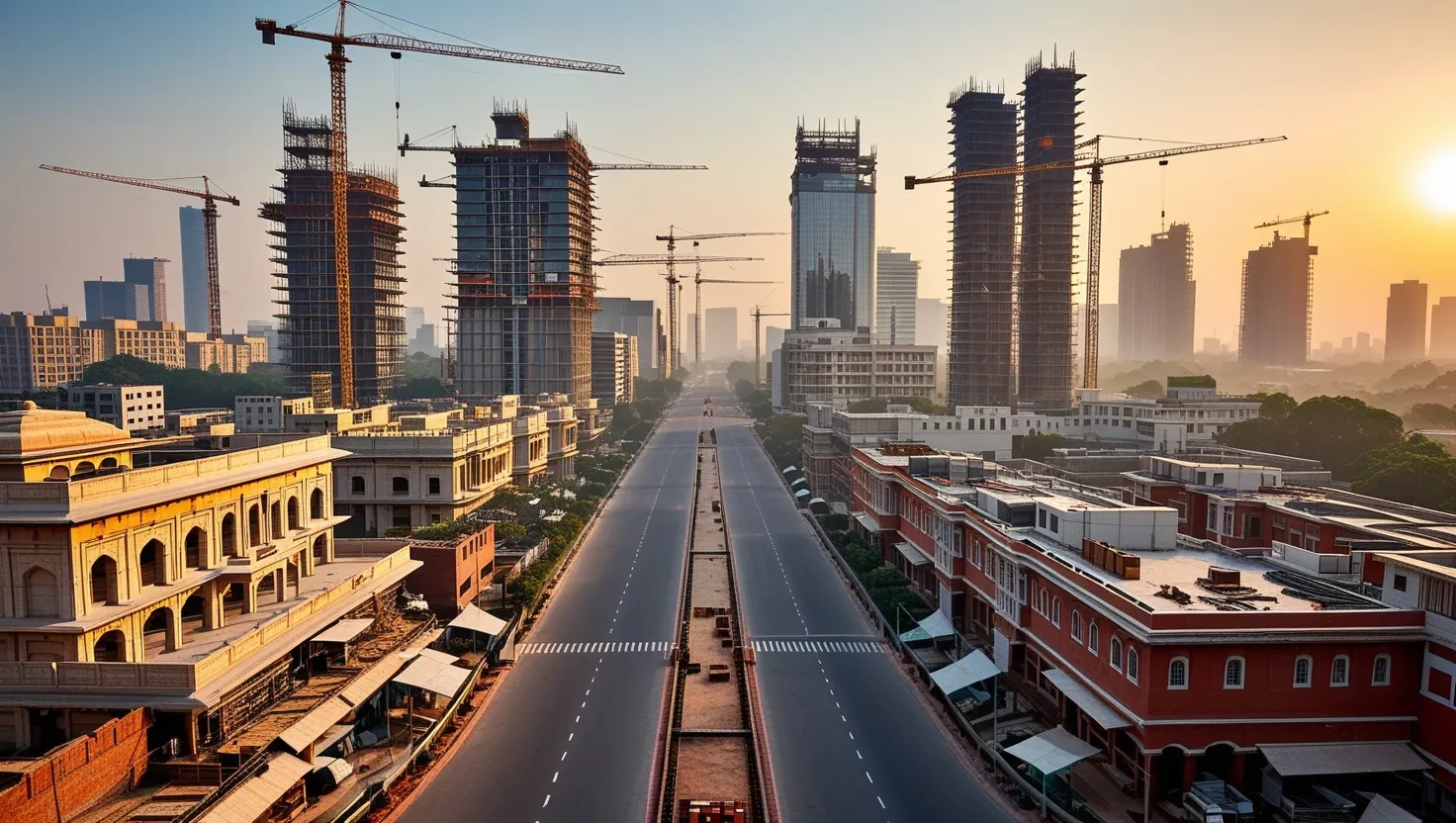India’s banking sector is undergoing a profound transformation, driven by a series of critical reforms that are reshaping the financial landscape. These changes aim to create a more robust, efficient, and inclusive banking system that can support India’s ambitious economic goals.
One of the most significant shifts has been the consolidation of public sector banks. This move has reduced the number of state-owned banks from 27 to 12, creating larger and potentially more competitive entities. The merger of Punjab National Bank, Oriental Bank of Commerce, and United Bank of India is a prime example. This consolidation is not just about size; it’s about creating synergies, reducing operational costs, and improving the ability of these banks to compete on a global scale.
But what does this mean for the average customer? In theory, larger banks should be able to offer a wider range of services and potentially better rates. However, there are concerns about reduced competition and the potential for these mega-banks to become “too big to fail.” As one banking expert quipped, “We’ve gone from too many cooks in the kitchen to a few master chefs. Let’s hope they don’t burn the broth.”
The Prompt Corrective Action (PCA) framework is another crucial reform that’s tackling the long-standing issue of non-performing assets (NPAs). This framework allows the Reserve Bank of India (RBI) to intervene early when banks show signs of financial stress. It’s like a financial health check-up for banks, with prescribed treatments for those showing symptoms of illness.
The PCA framework has already shown promising results. The gross NPA ratio for scheduled commercial banks fell to 5.9% in March 2023, down from a peak of 11.5% in March 2018. But is this enough? As Mahatma Gandhi once said, “The future depends on what we do in the present.” The banking sector must remain vigilant and proactive in addressing NPAs to ensure long-term stability.
Digital banking licenses are perhaps the most exciting development for tech-savvy consumers. These licenses allow entities to set up banks that operate primarily or entirely through digital channels. This move is set to revolutionize banking accessibility, especially in rural and underserved areas.
Imagine a farmer in a remote village being able to access loans, make payments, and manage savings all through a smartphone app. It’s not just convenient; it’s potentially life-changing. As Bill Gates once observed, “Banking is necessary, banks are not.” Digital banking is making this statement a reality in India.
But with great power comes great responsibility. How can we ensure that digital banks maintain the same level of security and customer protection as traditional banks? This is a question that regulators and industry players must grapple with as digital banking becomes more prevalent.
The strengthening of deposit insurance protection is another reform that directly impacts everyday account holders. The Deposit Insurance and Credit Guarantee Corporation (DICGC) now insures deposits up to ₹5 lakh per depositor per bank, up from the previous limit of ₹1 lakh. This five-fold increase provides a much-needed safety net for depositors, especially in light of recent bank failures.
This reform addresses a critical aspect of financial stability - public trust. As J.P. Morgan once said, “The first thing is character. Before money or anything else. Money cannot buy it.” By enhancing deposit protection, the government is reinforcing the character and trustworthiness of the banking system.
But let’s pause for a moment and ask ourselves: Is ₹5 lakh enough? For many middle-class families, this amount might represent their life savings. Should there be a tiered system of deposit insurance based on the depositor’s financial situation?
The final piece of the reform puzzle is the amendment to the Banking Regulation Act, which expands the RBI’s supervisory powers. This change allows the central bank to oversee cooperative banks more effectively, a sector that has been plagued by governance issues and failures in recent years.
This reform is about creating a level playing field and ensuring that all banks, regardless of their structure, adhere to the same high standards of governance and risk management. It’s a step towards creating a more unified and robust banking system.
Franklin D. Roosevelt once said, “The test of our progress is not whether we add more to the abundance of those who have much; it is whether we provide enough for those who have too little.” These banking reforms seem to be aligned with this philosophy, aiming to create a more inclusive and stable financial system.
However, we must also consider the potential downsides. Will increased regulation stifle innovation in the cooperative banking sector? How can we balance the need for oversight with the unique community-focused nature of these institutions?
As we look at these five critical reforms, it’s clear that India’s banking sector is at a crossroads. The consolidation of banks, the PCA framework, digital banking licenses, enhanced deposit insurance, and expanded regulatory powers are all pieces of a larger puzzle. Together, they aim to create a banking system that is more efficient, stable, and accessible.
But the real test of these reforms will be in their implementation and long-term impact. Will they truly lead to better services for customers? Will they make credit more accessible to small businesses and entrepreneurs? And most importantly, will they create a banking system that can support India’s ambition of becoming a $5 trillion economy?
As we ponder these questions, it’s worth remembering the words of Dr. B.R. Ambedkar: “History shows that where ethics and economics come in conflict, victory is always with economics.” The challenge for India’s banking sector will be to ensure that these economic reforms also align with ethical considerations, creating a system that is not just profitable, but also fair and inclusive.
The journey of reform is never easy, and there will undoubtedly be challenges along the way. But if implemented effectively, these changes have the potential to transform India’s financial landscape, creating a banking sector that is more resilient, innovative, and attuned to the needs of a rapidly evolving economy.
As we move forward, it’s crucial to maintain an open dialogue about these reforms. What has been your experience with these changes? Have you noticed improvements in banking services? What further reforms do you think are needed?
The future of India’s banking sector is being written now, and it’s a story that affects every citizen. By staying informed and engaged, we can all play a part in shaping a financial system that works for everyone. After all, as the saying goes, “The best way to predict the future is to create it.” Let’s create a banking future that we can all be proud of.






